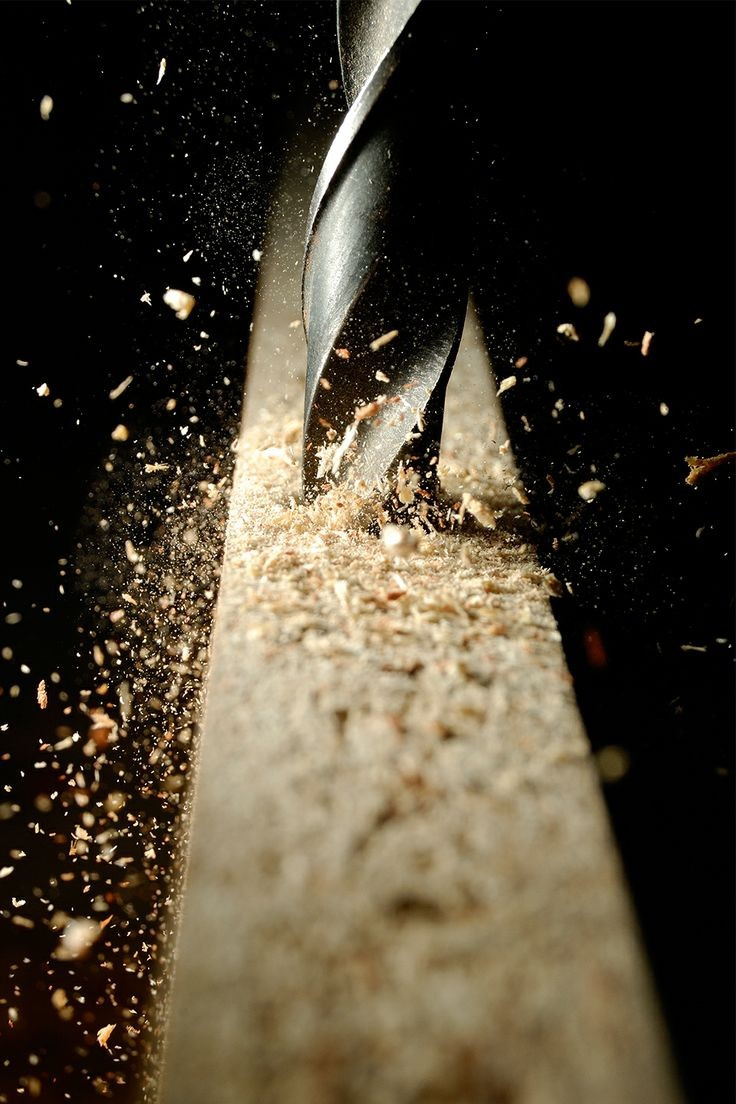When it comes to working with metric threads, understanding the drill and tap size chart is essential. The numbers and measurements can seem confusing at first, but with a clear understanding of the chart, you can confidently select the right drill and tap sizes for your metric thread projects. In this article, we will demystify the numbers in the drill and tap size chart for metric threads, providing you with the knowledge you need to tackle your projects with precision.
1. Understanding Metric Threads:
Before diving into the drill and tap size chart, it's important to have a basic understanding of metric threads. We will explain what metric threads are, how they differ from other thread types, and why they are commonly used in various industries.
2. The Importance of Drill and Tap Size Chart:
The drill and tap size chart serves as a guide for selecting the appropriate drill bit and tap for creating metric threads. We will discuss why using the correct sizes is crucial for achieving proper thread engagement, avoiding thread damage, and ensuring the overall integrity of your project.
3. Decoding the Drill Size Column:
The drill size column in the chart specifies the diameter of the drill bit required for creating the initial hole before tapping. We will break down the numbers and measurements in this column, explaining how they correspond to the metric thread size and pitch.
4. Understanding the Tap Size Column:
The tap size column in the chart indicates the diameter and pitch of the tap required for cutting the threads. We will provide a detailed explanation of the numbers and measurements in this column, helping you choose the right tap size for your metric thread project.
5. Factors to Consider:
While the drill and tap size chart provides valuable information, there are additional factors to consider when working with metric threads. We will discuss factors such as material type, thread depth, and thread engagement, and how they can influence your drill and tap size selection.
6. Tips for Using the Drill and Tap Size Chart:
To ensure accuracy and efficiency, we will provide practical tips for using the drill and tap size chart effectively. These tips will include techniques for measuring thread pitch, selecting the appropriate drill bit and tap, and verifying the thread fit.
7. Common Mistakes to Avoid:
Mistakes in drill and tap size selection can lead to thread damage, poor thread engagement, and project failure. We will highlight common mistakes to avoid when using the drill and tap size chart for metric threads, helping you achieve successful results.
8. Resources and Tools:
In this section, we will provide additional resources and tools that can assist you in working with metric threads. These may include online calculators, mobile apps, and reference guides that can simplify the process of determining drill and tap sizes.
Conclusion:
By demystifying the numbers in the drill and tap size chart for metric threads, you can confidently approach your projects with precision and accuracy. Understanding the relationship between drill sizes, tap sizes, and metric thread measurements will empower you to create strong and reliable threads. Remember to consult the drill and tap size chart, consider the specific requirements of your project, and take necessary precautions to achieve optimal results.

No comments:
Post a Comment